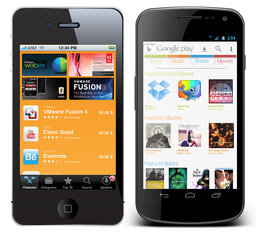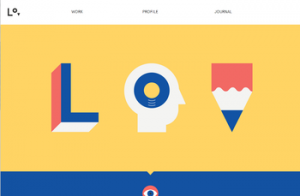It is impossible to understate just how quickly SEO changes and how important it is to keep up. Strategies change, and search engines update countless times. Google’s Penguin and Panda updates are clearly the most talked about, but Google has had plenty of other updates with less catchy names throughout the last year, like the Knowledge Graph (okay, that one has a catchy name too).
Penguin and Panda changed the landscape of searching completely and strategies have had to adapt to them quickly, though SEOs not taking advantage of gray area SEO tactics like link buying were mostly unaffected. That doesn’t mean that they don’t have to follow the new guidelines as well.
Most of these guidelines are more broad however, but Don Pathak, writer for Search Engine Journal, tried to simplify and explain them, and in doing so came out with a few specific points.
Many writers, usually with vested interests, have argued that SEO success can’t be done with just great content, and it is true to an extent that the internet is competitive to the point where great content doesn’t quite get you to the top search result. However, Google has also made it very clear that it wants to favor the quality of content over SEO tactics. Keeping a site fresh and relevant will give you as much of a boost as any behind the scenes tweak can.
The new Google also favors locality, so if your business has a local presence in a marketplace, optimizing for that location will help customers find your service. You can get started by simply establishing a local profile on Google Places for Business, and encourage customers to give you reviews on the site.
SEO will likely always concern itself with the technical dealings behind the curtain of a website, but Google wants to give preference to those who operate valuable and well made websites, not those manipulating every loophole to get the market advantage. As with anything run mostly through algorithms, there will always be “hacks” or weaknesses, but rather than exploiting them as they open, it is better to just create a website with real value.










